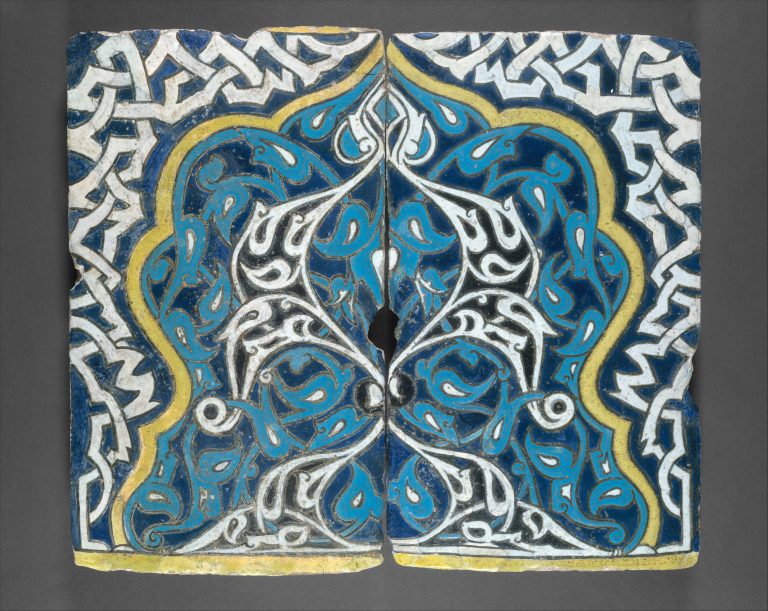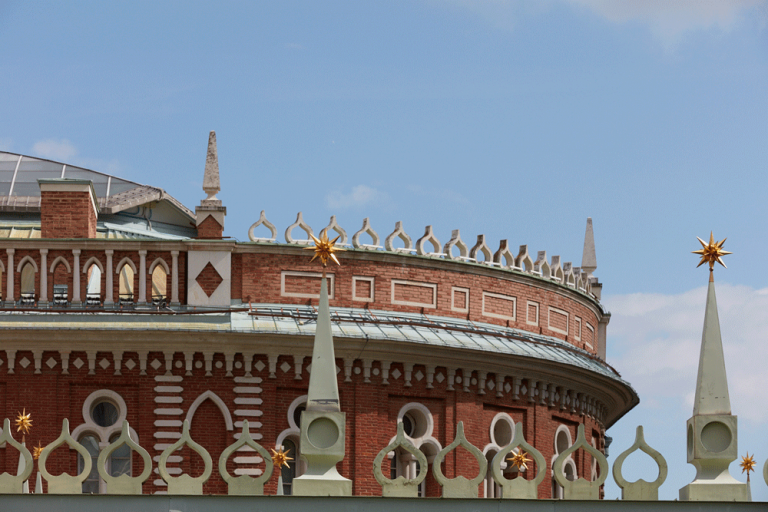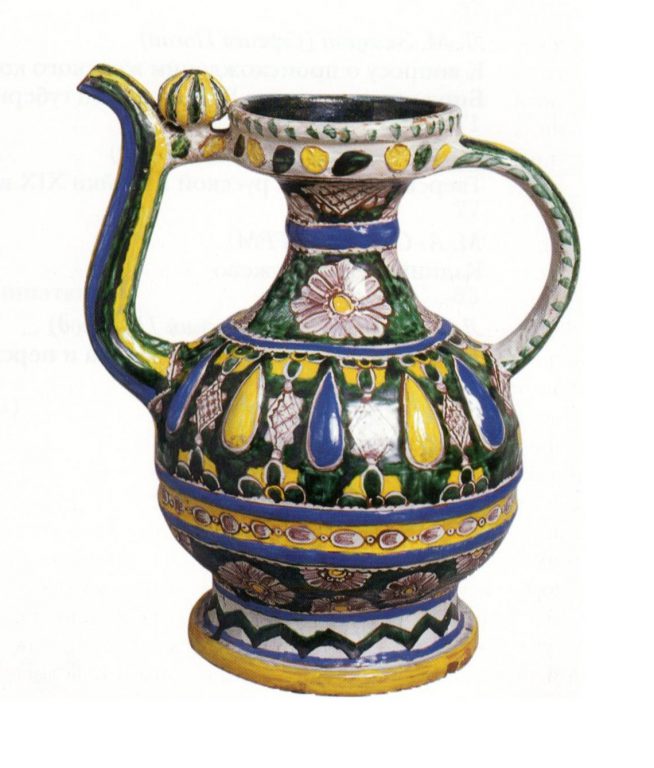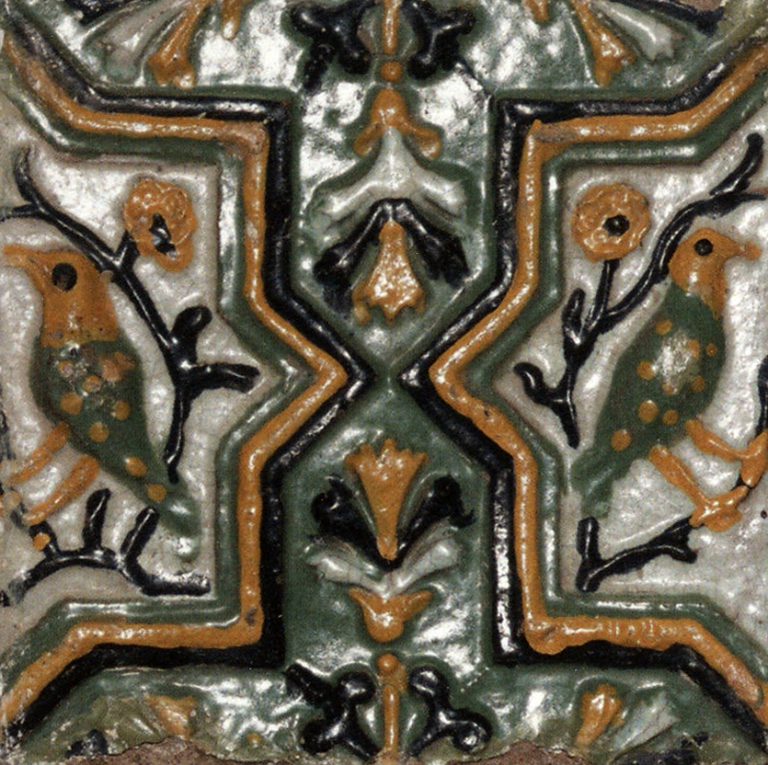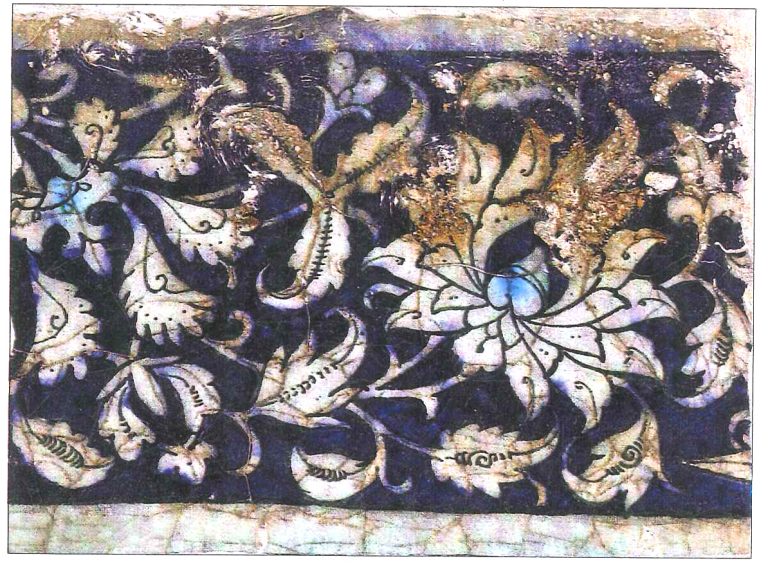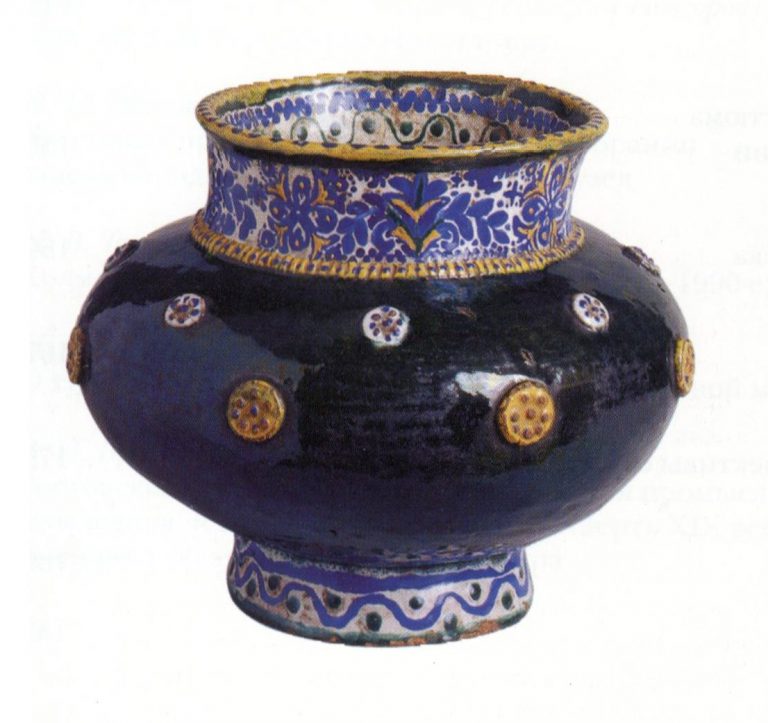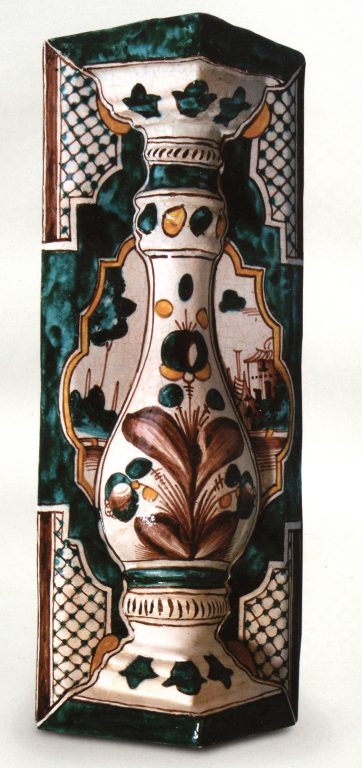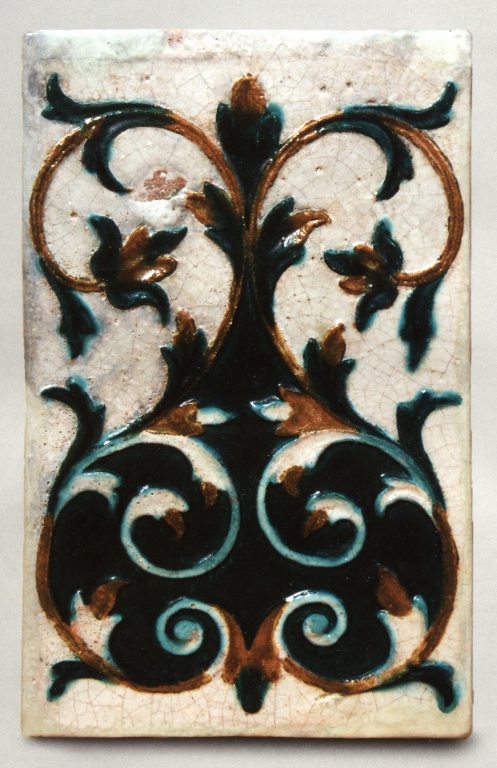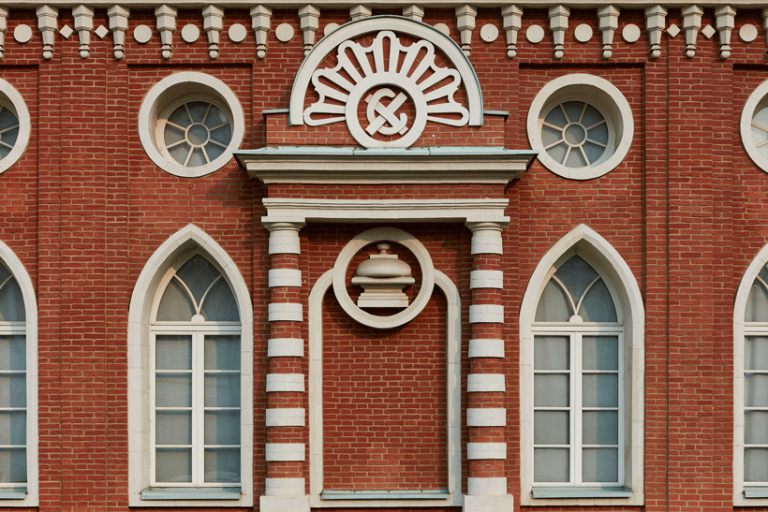
late 14th century

Town Konya,
Turkey
Turkey
Object qualities
-
Objectmansion / palace decoration: Tile fragments
-
Type of arts & crafts
-
MediumStonepaste; polychrome glaze within black wax resist outlines (cuerda seca technique)
-
SizeTile a: H. 18 13/16 in. (47.8 cm) W. 11 1/16 in. (28.1 cm) Wt. 23 lbs. (10.4 kg) Tile b: H. 18 1/2 in. (47 cm) W. 10 7/8 in. (27.6 cm) Wt. 19 lbs. (8.6 kg)
-
Geography detailsAttributed to
Town Konya,
Turkey -
Country today
-
Datelate 14th century
Source of information
-
Type of sourceDatabase “Metropolitan Museum of Art”
-
Fund that the source refers toMetropolitan Museum of Art
Description
-
A brilliant but short‑lived episode in the history of Anatolian ceramic production was the appearance of tiles decorated in the so‑called cuerda seca (“dry cord”) technique. In the cuerda seca process, thin bands of waxy resist maintain color separation between glazes during firing, but leave behind “dry cords” of unglazed tile. This technique seems to have been introduced to Turkey from Iran as early as the fourteenth century. These tiles are also distinguished by their curving shape, recalling their original placement—probably on the exterior of the polylobed tower of the Mevlana Turbesi (Tomb of Rumi) in Konya.


